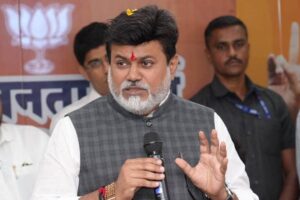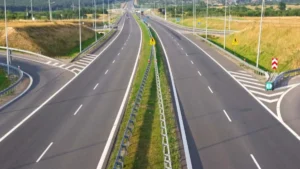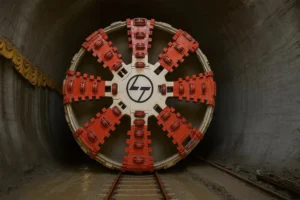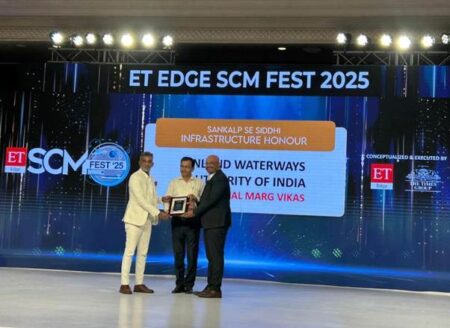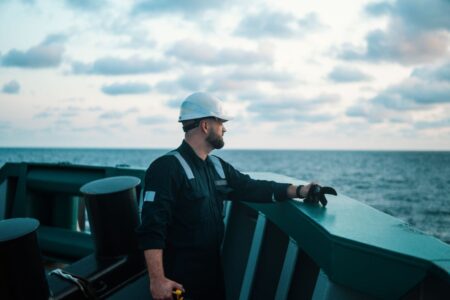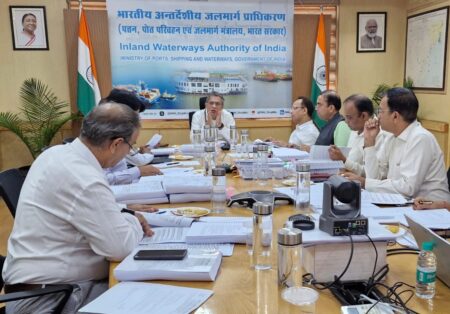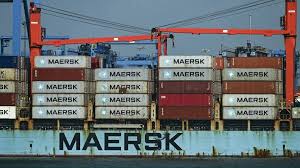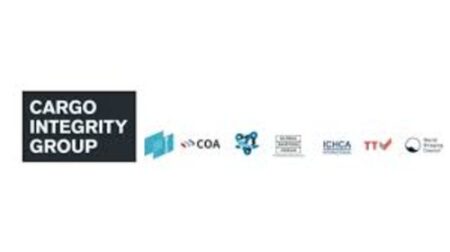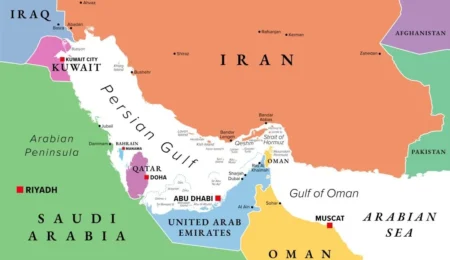Minister Sonowal highlights steps to enhance freight via waterways, integrating ports, rail, and road networks.
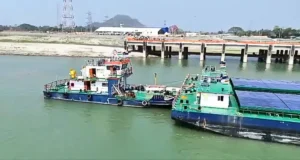
The Government of India is taking decisive steps to enhance intermodal connectivity for freight traffic, focusing on the integration of inland waterways, railways, and road transport to reduce logistics costs and improve cargo movement. With the current modal share of Inland Water Transport (IWT) standing at only 2%, compared to 18% for railways and 71% for roadways (as per NITI Aayog’s 2021 report “Fast Tracking Freight in India”), these initiatives aim to make freight transportation more efficient and sustainable.
Key Developments:
- Integration of Multimodal Terminals (MMTs):
The government has integrated MMTs at Varanasi, Sahibganj, Haldia, and the Intermodal Terminal (IMT) at Kalughat with the Shyama Prasad Mookherjee Port in Kolkata. This move is designed to create a seamless supply chain network, facilitating smooth cargo transitions between waterways and other modes of transport. - Development of Cargo Hubs:
Projects like the Freight Village at Varanasi and the Integrated Cluster-cum-Logistics Park at Sahibganj aim to serve as cargo aggregation hubs, further boosting cargo movement on National Waterways (NWs). - Promoting Inland Waterways Usage:
Public sector undertakings (PSUs) across sectors, including petroleum, coal, fertilisers, and steel, have been directed to allocate a portion of their cargo for IWT, leveraging waterways as a cost-effective and sustainable transport mode. - Completion of Kalughat Terminal:
The newly completed Kalughat Intermodal Terminal has been strategically developed to handle cargo traffic originating from North Bihar and Nepal. Traffic studies highlight its potential in transferring containerised cargo from NW-1 to trucks bound for the Kathmandu Valley, ensuring seamless logistics without crossing the Ganges River. - Traffic Forecast for Kalughat:
Traffic projections show significant growth at Kalughat Terminal, with containerised cargo constituting over 90% of total traffic by 2045, amounting to 5.38 million metric tons (MMT).
Infrastructure and Policy Measures:
- Infrastructure Enhancements:
The government has invested in building terminals, jetties, and storage areas on NW-1, NW-2, and NW-3, ensuring sufficient capacity for cargo and passenger traffic. Specific projects include:- Construction of 49 community jetties and 20 floating terminals on NW-1.
- Development of multimodal and intermodal terminals, such as those at Pandu and Jogighopa on NW-2.
- Installation of floating jetties on NW-3 and new waterways, including the Yamuna and Krishna Rivers.
- Policy Initiatives:
A series of policy measures have been implemented to encourage the use of inland waterways:- A 35% incentive scheme for cargo owners utilising IWT is expected to shift 800 million tonne kilometres of cargo to waterways.
- Extension of the tonnage tax scheme to inland vessels, reducing financial burdens for operators.
- Notification of regulations to attract private sector investment in waterways infrastructure.
- Digitalisation:
A central database and portal for vessel and crew registration are under development to streamline processes and improve planning.
Impact and Vision:
The integration of waterways with rail and road networks is expected to significantly reduce logistics costs, enhance cargo movement, and alleviate congestion on roadways. With ongoing efforts, the government envisions making inland waterways a vital component of India’s multimodal logistics framework, furthering sustainable and efficient freight transport.
Union Minister for Ports, Shipping, and Waterways, Shri Sarbananda Sonowal, emphasised the strategic importance of these initiatives, reaffirming the government’s commitment to boosting India’s logistics sector.

